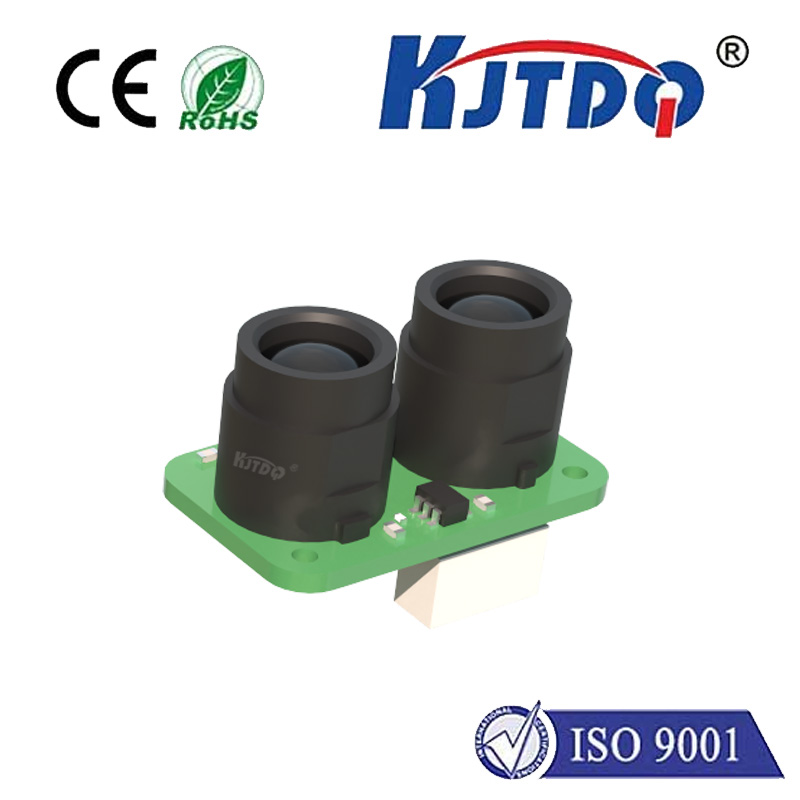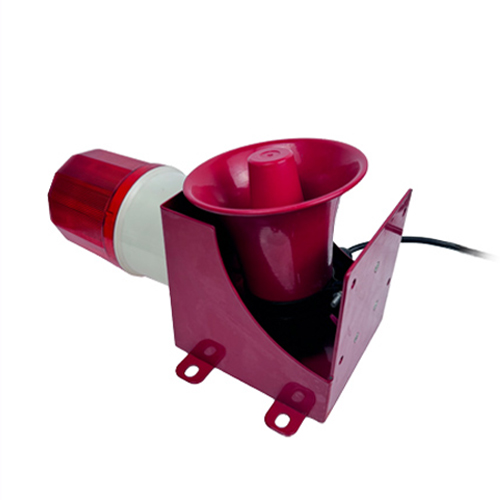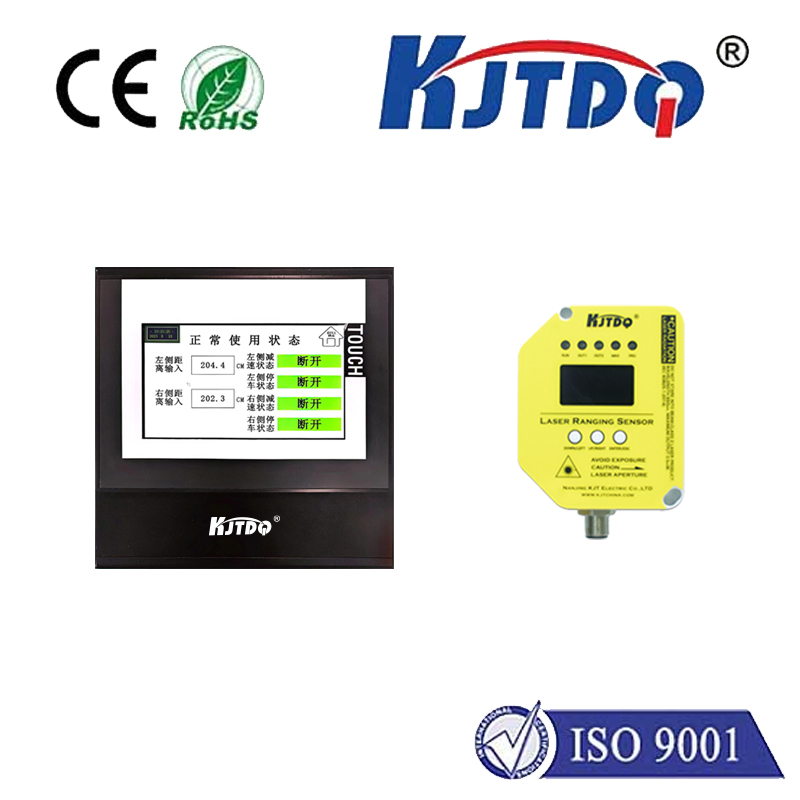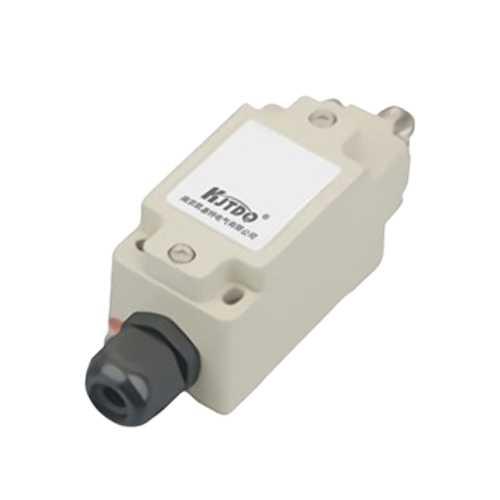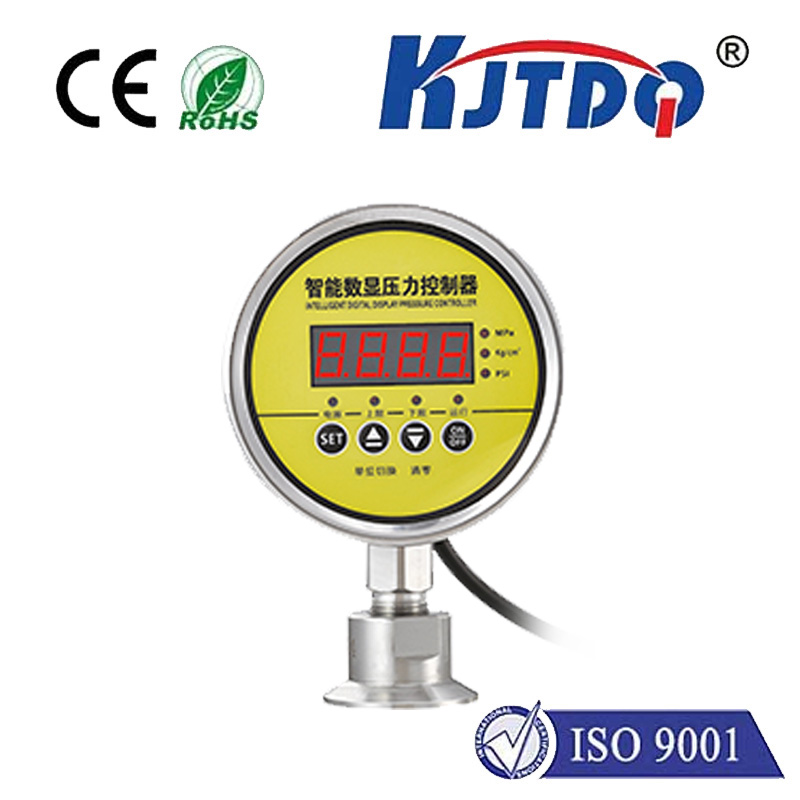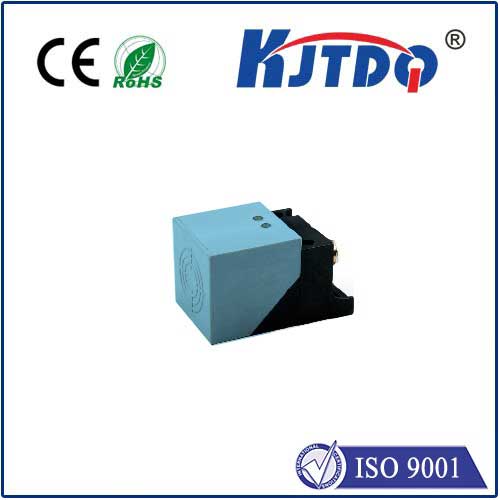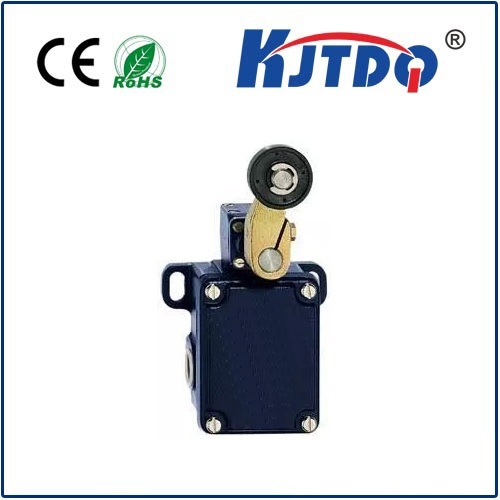proximity limit
- time:2025-06-24 02:02:43
- Click:0
The Proximity Limit: When Nearness Changes Everything
Have you ever noticed your Bluetooth headphones crackling right before you walk too far from your phone? Or witnessed the uncanny moment a magnet almost touches metal, then suddenly snaps into place? These everyday occurrences hint at a fundamental, yet often overlooked, concept governing countless interactions in our world: the proximity limit. It’s the invisible threshold where being “close enough” triggers a significant change, shifting from passive observation to tangible interaction or effect.
At its core, the proximity limit represents a critical distance or range beyond which a specific interaction, effect, or functionality becomes possible, strengthened, significantly weakened, or ceases entirely. It’s not merely about physical closeness; this principle underpins phenomena across physics, technology, biology, and even social dynamics.
Understanding the Physics of Nearness
In the physical world, proximity thresholds are ruled by fundamental forces. Consider magnetism. Two magnets exert an almost imperceptible force at a distance. However, reduce the space between them below a certain critical distance, and the attractive or repulsive force becomes overwhelmingly powerful, causing them to snap together or push violently apart. This sharp transition defines their proximity limit – the point where potential energy transforms into kinetic action.

Similarly, the Casimir effect, a quantum phenomenon, demonstrates how virtual particles appearing in the vacuum exert measurable force only when two uncharged conducting plates are brought extremely close together – within nanometers. Outside this incredibly tiny proximity limit, the effect vanishes. In chemistry, molecules react only when they collide with sufficient energy, which requires them to approach within a specific reactive distance – their effective proximity limit. Atoms bond at characteristic lengths dictated by electron orbital overlaps.
Tech’s Reliance on Controlled Closeness
Modern technology constantly harnesses and wrestles with proximity thresholds. Our wireless world is built upon them.
- RFID & NFC: These technologies enable contactless payments and access control. Your card or phone must be held very close to the reader – typically within a few centimeters. This tight proximity limit is crucial for security, preventing unauthorized scanning from afar, and for efficient, short-range data transfer.
- Bluetooth & Wi-Fi: While offering more range than NFC, these protocols still have defined operating distances. Moving a device beyond its effective proximity limit relative to the source (router, phone, speaker) leads to signal degradation, reduced bandwidth, increased latency, and eventually disconnection. Antenna design constantly seeks to optimize signal strength within desired proximity ranges.
- Touchscreens & Sensors: Capacitive touchscreens detect the close proximity of a conductive object (like a finger) through changes in an electrostatic field. They don’t require physical contact but operate within millimeters. Proximity sensors in phones turn off the screen during calls when near your ear, conserving power – another precise application of a proximity threshold.
- Inductive Charging: This convenient technology relies on electromagnetic induction between two coils. They need to be very closely aligned and positioned, usually within a few millimeters. Exceeding this narrow proximity limit drastically reduces charging efficiency or stops it completely. Precise placement is paramount.
Beyond Physics: The Human and Digital Dimensions
The concept extends far beyond tangible forces:
- Social Proximity Limits: Humans have innate comfort zones – personal space boundaries defining acceptable physical closeness. Breaching these unspoken proximity thresholds can cause discomfort or anxiety. Social media, conversely, creates a paradox: constant digital nearness coexisting with physical distance, challenging traditional notions of interpersonal proximity limits.
- Data & Context: In fields like recommender systems or location-based services, proximity (physical location closeness) is a powerful contextual signal. Showing nearby restaurants or events relies on defining a relevant geographic proximity limit around the user. Search algorithms might also consider semantic proximity – the closeness of ideas or keywords – to deliver relevant results.
- Security & Privacy: Digital systems often implement geofencing, creating virtual boundaries based on location proximity. Entering or exiting this defined zone triggers actions (e.g., unlocking a smart lock, sending an alert). Here, the proximity limit is a configurable perimeter enabling automated control.
Mastering the Threshold: Design and Implications
Recognizing and intentionally designing for proximity limits is critical:
- User Experience (UX): Tech products must make their functional proximity requirements intuitive. Does a user understand how close their device needs to be for pairing or charging? Clear feedback when approaching or exceeding the limit is essential. Confusing proximity thresholds lead to user frustration.
- Efficiency: Optimizing systems for their operational critical distance maximizes performance and minimizes wasted energy. In wireless communication, ensuring devices operate well within their effective proximity range ensures robust connections.
- Security: Tight proximity constraints, like those in NFC, are fundamental security features, preventing remote interception or activation.
- Sensitivity: Advancements in sensor technology continuously push the boundaries of detectable proximity. We can now sense interactions at atomic scales or track locations with centimeter-level accuracy, constantly redefining what “near” means.
The proximity limit is a fundamental, often hidden, orchestrator of reality. It dictates when forces engage, technologies connect, data becomes relevant, and social interactions feel comfortable. From the quantum realm to our digital lives, understanding these critical thresholds – the points where ‘close’ becomes ‘close enough’ to make a difference – allows us to design smarter technologies, interact more effectively with our environment, and appreciate the invisible boundaries shaping our experiences. As we innovate, pushing the boundaries of sensing and interaction, our grasp of and ability to manipulate these proximity thresholds will only become more sophisticated, influencing everything from robotics and IoT to augmented reality and advanced materials science.






